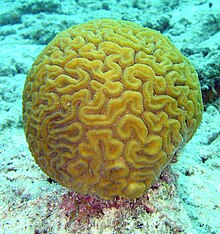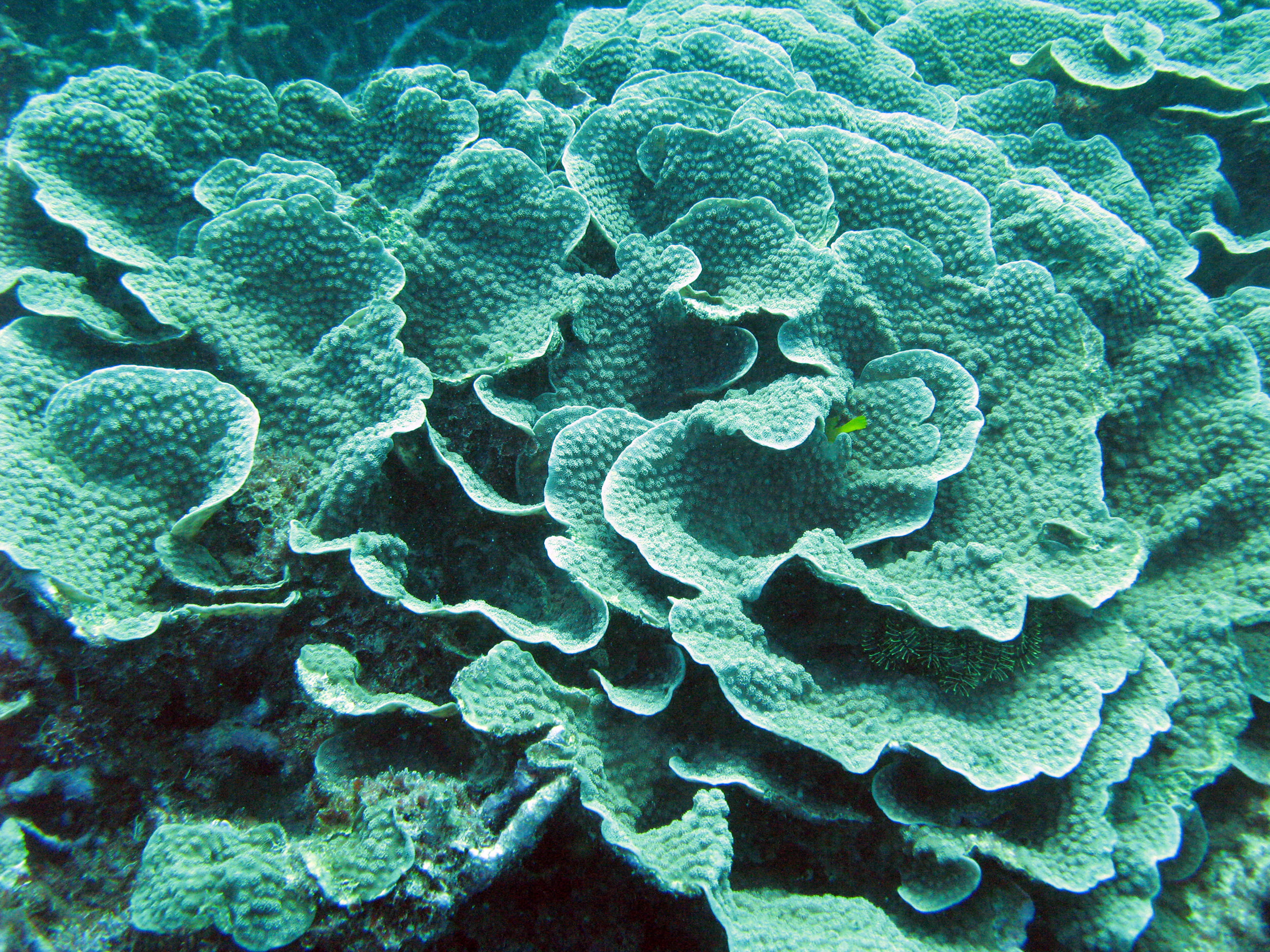Healthy/Unhealthy Coral Reefs
Healthy Coral Reefs
These healthy reefs are filled with color and have marine animals living in them.
Unhealthy Coral Reefs
These reefs could be stressed by sediment, covered with algae, or even bleached!
-Sammy
What are coral reefs?
Coral reefs are like mini cities underwater. They are sometimes called
rain forests under the sea. Many animals live in coral reefs. They are
made of calcium carbonate. Coral reefs play an important role in the
ocean for marine animals. If the oceans keep getting polluted, these
beautiful coral reefs will turn brown and many animals will lose their
homes.
-Sammy and Areti
Why should we save coral reefs?
We should save coral reefs because they provide us medicine in some cases. For example, some corals are used for medicine for diseases like, cancer, AIDS, etc. They also protect about 25% of marine life! You can find coral reefs in shallow, clear, and warm water. Without coral reefs, we would have less animals in the sea and not enough medicine to cure people.
How can coral reefs die?
If coral reefs are in very warm water, they can become bleached because of the algae inside. Some greenhouse gases can also harm coral reefs.
-Sammy
A healthy coral reef is colorful and full of life. Coral reefs contain
polyps* because they are made of stony corals (stony corals contain
polyps).
*A polyp is a small growth, typically benign and with a stalk, protruding from a mucous membrane.
Why Should We Save Coral Reefs?
We should save coral reefs because they provide us medicine in some cases. For example, some corals are used for medicine for diseases like, cancer, AIDS, etc. They also protect about 25% of marine life! You can find coral reefs in shallow, clear, and warm water. Without coral reefs, we would have less animals in the sea and not enough medicine to cure people.
How can coral reefs die?
If coral reefs are in very warm water, they can become bleached because of the algae inside. Some greenhouse gases can also harm coral reefs.
-Sammy
Healthy Coral Reefs
-Areti
*A polyp is a small growth, typically benign and with a stalk, protruding from a mucous membrane.
More About Coral Reefs
The animals that live in coral reefs are cnidaria. Cnidaria are tiny fish like hydras, jellyfish, and etc. Coral reefs are sessile animals. That means that they can only stay in one place. Coral reefs catch their food by sticking out their tentacles to catch very small prey. Corals also 'live' together in a big 'group' but they are all separate individuals.
-Sammy
Definitions of Types of Reefs:
There are three main types of coral reefs. They are the fringing reef, barrier reef, and atoll reef.
Fringing reef - A fringing reef is directly attached to shore.
Barrier reef - A reef separated from the mainland.
Atoll reef - A reef is a circular barrier reef extends all the way around a lagoon without a central island.
-Areti & Sammy & Isaac
Coral Reefs:
Coral reefs are underwater structures made from calcium carbonate secreted by corals.
- Isaac
Ways a Coral Reef Can Die:
Coral reefs are dying in many ways. First, they can die when trash floating in the water block sunlight from reaching coral reefs. Coral reefs cannot survive without sunlight. Second, when nutrients that algae eat enter the ocean as pollutants, the algae finds its way to the coral reefs and starts to grow.
-Areti
Fact: The Future of Coral Reefs
Did you know that by 2030, more than 90% of coral reefs will be threatened? Also, some people say that by 2050, most coral reefs will be permanently gone.
-Sammy

Brain Coral

Table Coral

Staghorn Coral

Spiral Wire Coral

Pillar Coral

Mushroom Coral

Open Brain Coral

Leather Coral

Branching Coral

Red Tree Coral

Elkhorn Coral

Cabbage Coral

Pink Frogspawn Coral

Rugose Coral

Deep Sea Coral

Chalice Coral
-Areti
Photos from google images
Different Types of Coral Reefs

Brain Coral

Table Coral

Staghorn Coral

Spiral Wire Coral

Pillar Coral

Mushroom Coral

Open Brain Coral

Leather Coral

Branching Coral

Red Tree Coral

Elkhorn Coral

Cabbage Coral
Pink Frogspawn Coral

Rugose Coral

Deep Sea Coral
Chalice Coral
-Areti
Photos from google images

Wow! I didn't know that there were so many types of coral!
ReplyDeleteThank you
DeleteWow kids! I didn't know that much about coral reefs before I read this, now I've learned so much!
ReplyDeleteWow, I have learned a lot more from this article than I expected. I also didn't know that there were so many different types of corals! I thought there was only a few different types that were all the same (in some kind of way) but in different colors.
ReplyDelete